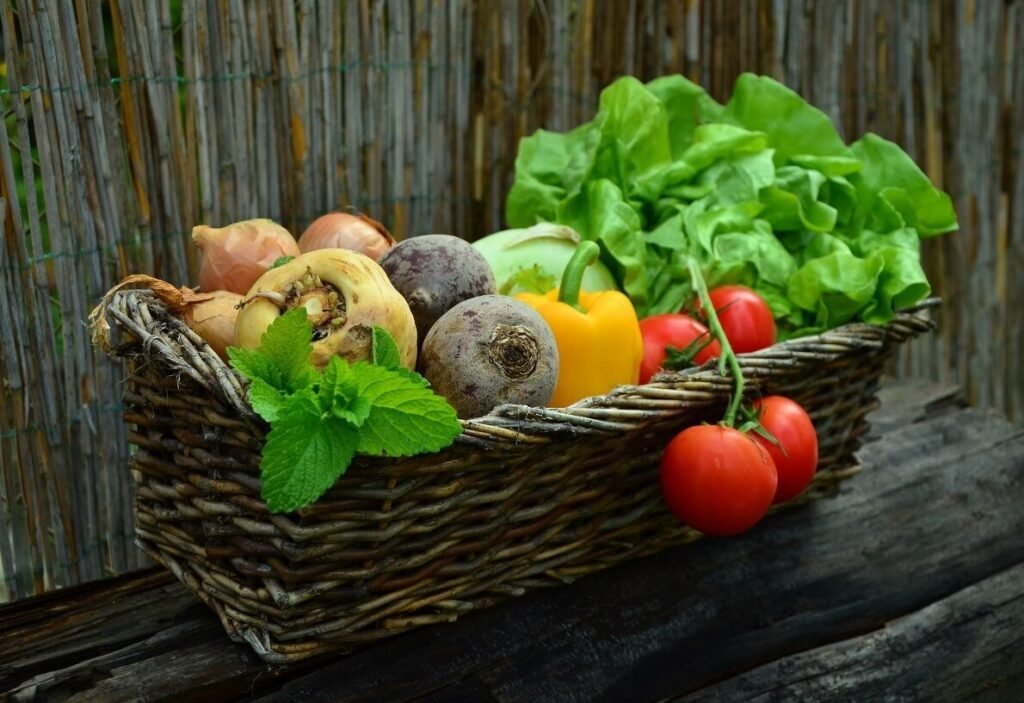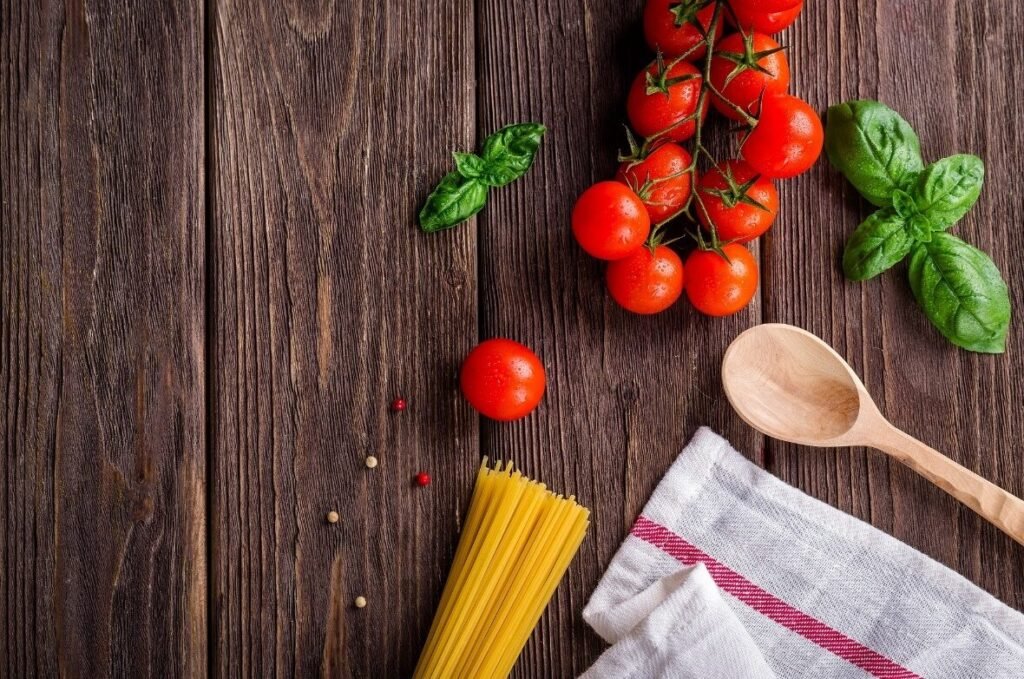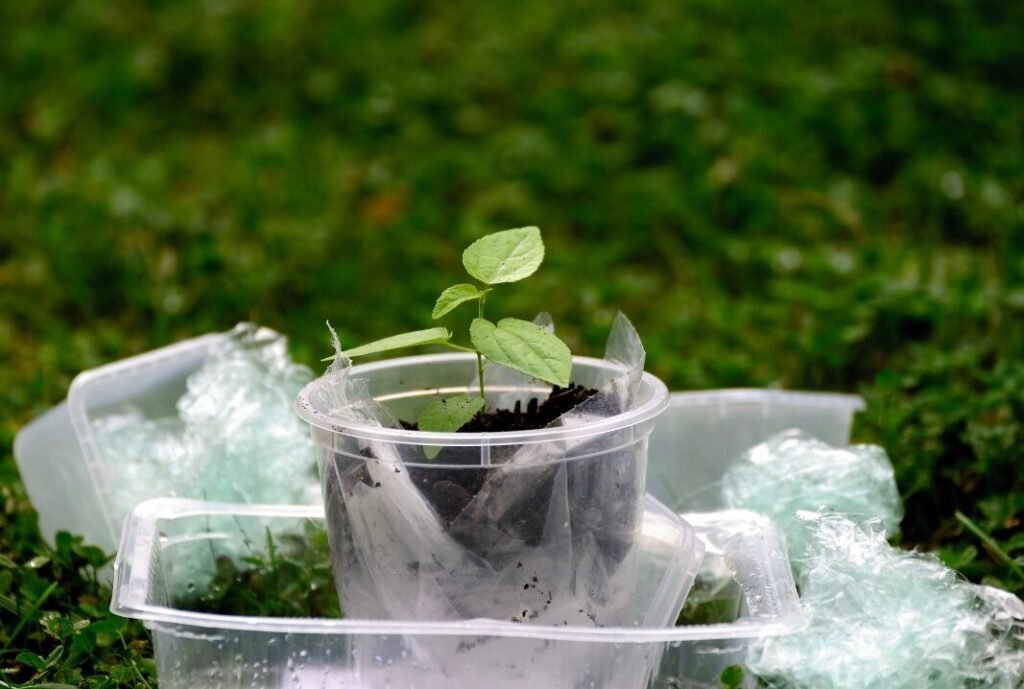Food Waste Solutions: Effective Strategies for Every Household

Do you know that a major worldwide problem that impacts both the environment and our wallets is food waste? nearly 1.3 billion tons of food are wasted annually, or nearly one-third of all food produced worldwide, according to the Food and Agriculture Organization (FAO). Not only does this waste squander energy and water, but it also increases food insecurity and contributes to greenhouse gas emissions.
Food waste happens at every point of the supply chain, from the farm to the table. It includes waste from manufacturing, distribution, retail, and consumption. Consumer waste actually makes up a large amount of the issue, as people discard perfectly edible food because they overspend, store it improperly, or don’t prepare ahead.
Food waste has an incredible influence on the environment. All the resources—land, water, and energy—that were used to produce the food are also wasted when it is thrown out. Methane gas is another powerful greenhouse gas that is produced as food decomposes in landfills and contributes to climate change.
Tips for Reducing Food Waste at Home

- Plan Your Meals
One of the most effective ways to reduce food waste is by planning your meals for the week. Create a shopping list based on your meal plan and stick to it. This prevents impulse purchases and helps you buy only what you need.
- Take Stock Before Shopping
Did you know that a good number of people never take stock of groceries on hand before going to the supermarket? Taking inventory of your fridge, freezer, and pantry can help you avoid buying duplicates and ensure you use what you already have.
- Understand Expiration Dates
Many people confuse “sell by,” “use by,” and “best before” dates. While these labels are essential for food safety, they often lead to unnecessary waste. “Best before” dates indicate quality rather than safety; many foods are still safe to eat after this date.
- Store Food Properly
Proper storage can significantly extend the life of your groceries. For example:
- Keep fruits and vegetables in separate drawers—some fruits emit ethylene gas that can cause vegetables to spoil faster.
- Store bread in a cool, dry place or freeze it if you won’t consume it within a few days.
- Use airtight containers for leftovers to keep them fresh longer.
- Get Creative with Leftovers
Instead of tossing leftover ingredients, get creative! Use them in soups, stir-fries, or casseroles. For example, wilted greens can be blended into smoothies or added to omelets.
- Compost Food Scraps
If you have scraps like vegetable peels, coffee grounds, or eggshells, consider composting them instead of throwing them away. Composting not only reduces waste but also enriches your garden soil.
- Share with Others
If you have surplus food that you won’t be able to consume in time, consider sharing it with friends or family. You can also donate non-perishable items to local food banks or shelters.
- Freeze Excess Food
If you find yourself with too much produce or leftovers, freezing is a great option! Many fruits and vegetables freeze well and can be used later in smoothies or cooked dishes.
- Serve Smaller Portions
Serving smaller portions can help reduce plate waste. If someone is still hungry after their first serving, they can always go back for seconds!
- Educate Your Family
Involve your family in discussions about food waste and its impact on the environment. Teach children about portion sizes and the importance of eating leftovers.
Measures Taken to Reduce Waste in Agriculture

In order to reduce food waste in the agriculture industry, both individual actions and larger-scale initiatives are essential:
- Farm-to-Table Initiatives:Various communities have put in place farm-to-table programs that put customers in direct contact with their producers. These projects reduce food spoiling during transit by shortening the distance food travels from farm to plate.
- Ugly Produce Campaigns: Even while some fruits and vegetables may not be aesthetically pleasing, they are nevertheless perfectly edible, and retailers are starting to appreciate their worth. Consumers are urged to accept flaws and cut back on waste by advertisements for these products.
- Food Recovery Networks:
Organizations like Feeding America work with grocery stores and restaurants to recover surplus food that would otherwise go to waste. This food is then distributed to those in need through local food banks.
- Innovative Technologies:
Advances in technology are helping farmers reduce waste during production and distribution. For instance, apps that track inventory levels can help farmers manage their crops more effectively and minimize overproduction.
- Education and Awareness Campaigns:
Many agricultural organizations run campaigns aimed at educating farmers about best practices for reducing waste during harvesting and processing.
Finally, it is everyone’s duty to reduce food waste, and governments, corporations, and individuals must all do their part. You may save money and significantly reduce waste in your home by putting some of the above-mentioned tip ideas into practice. We can all help create a more efficient and sustainable food system by implementing workable food waste reduction strategies at home and encouraging creative agriculture projects.


